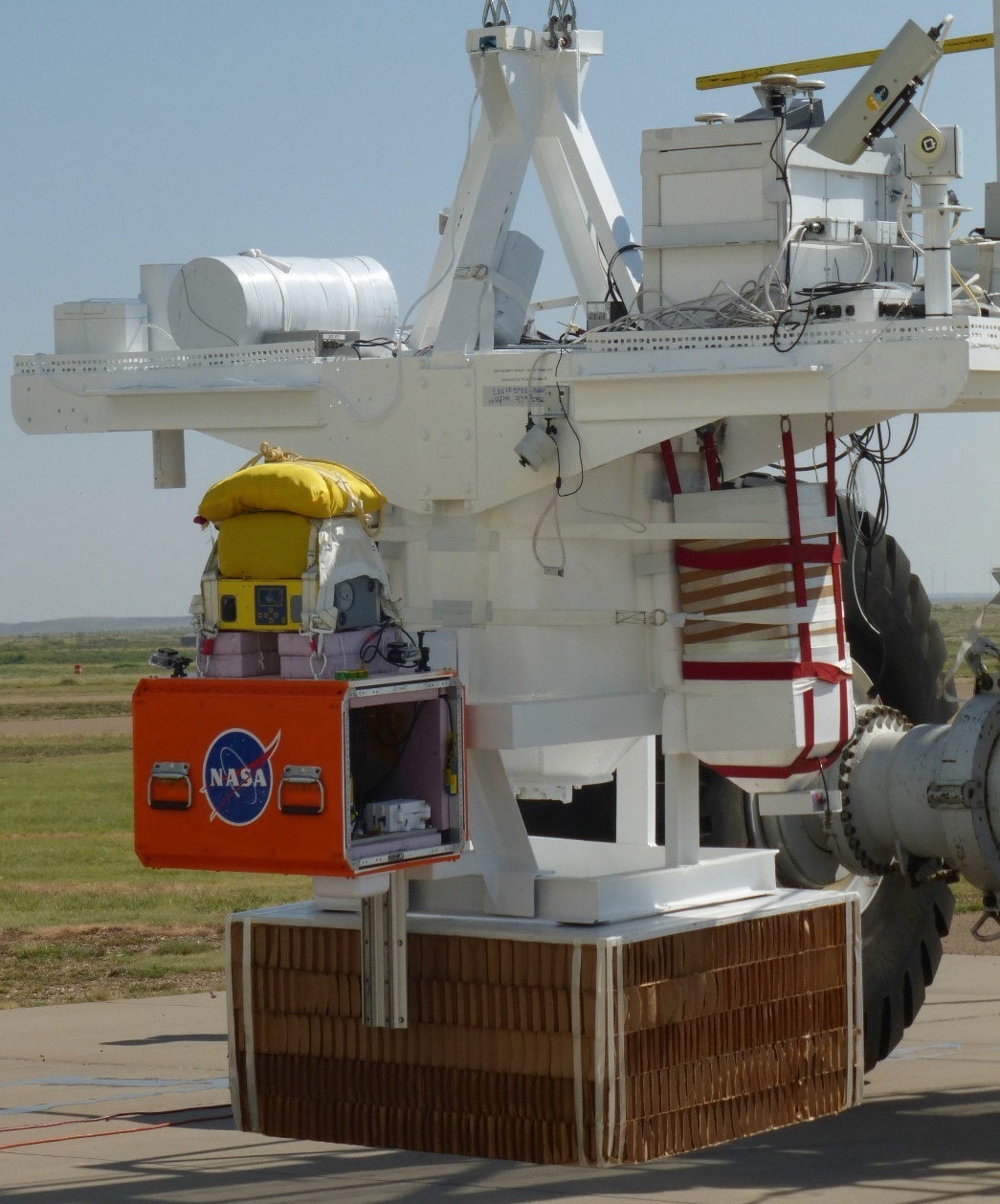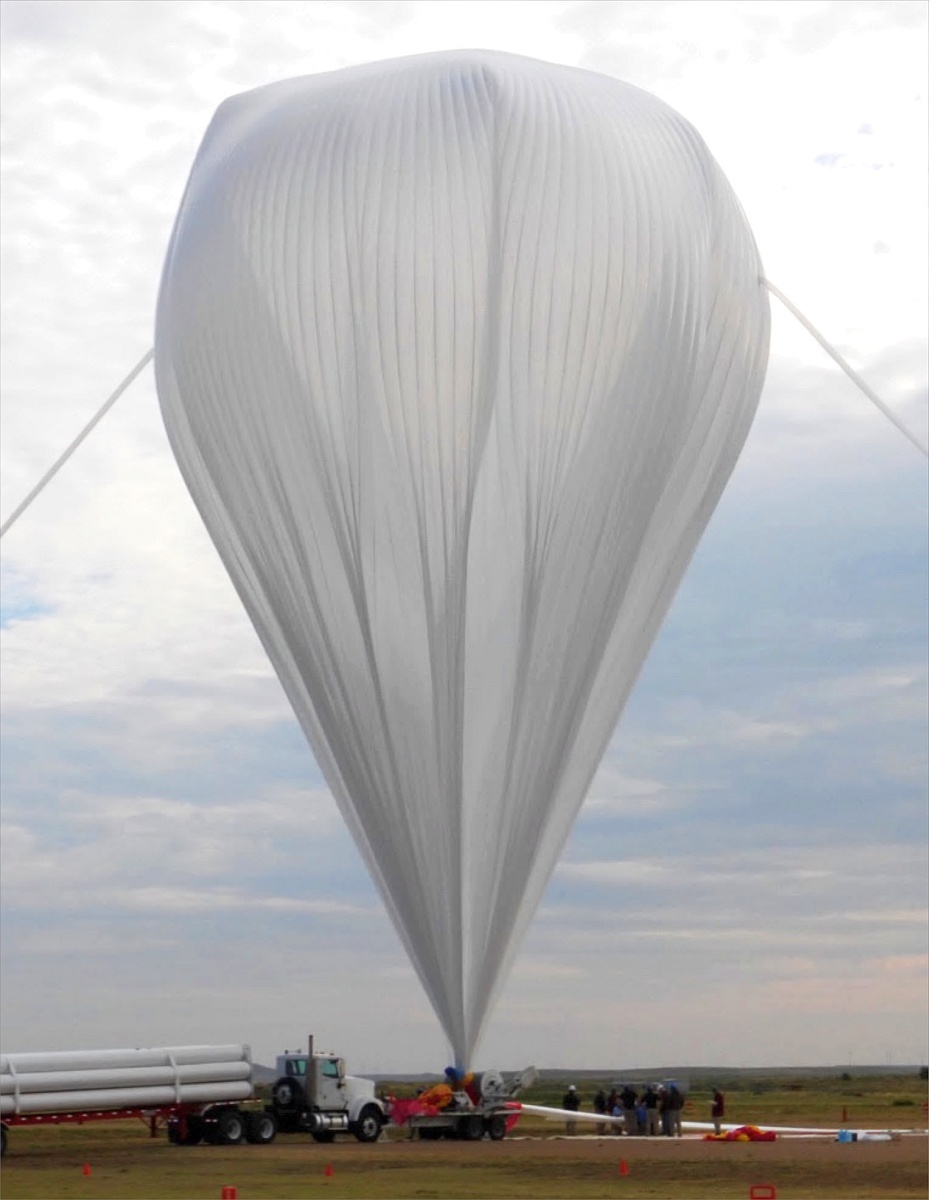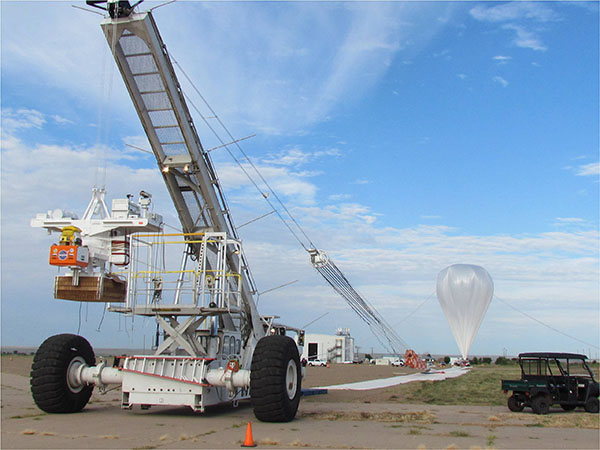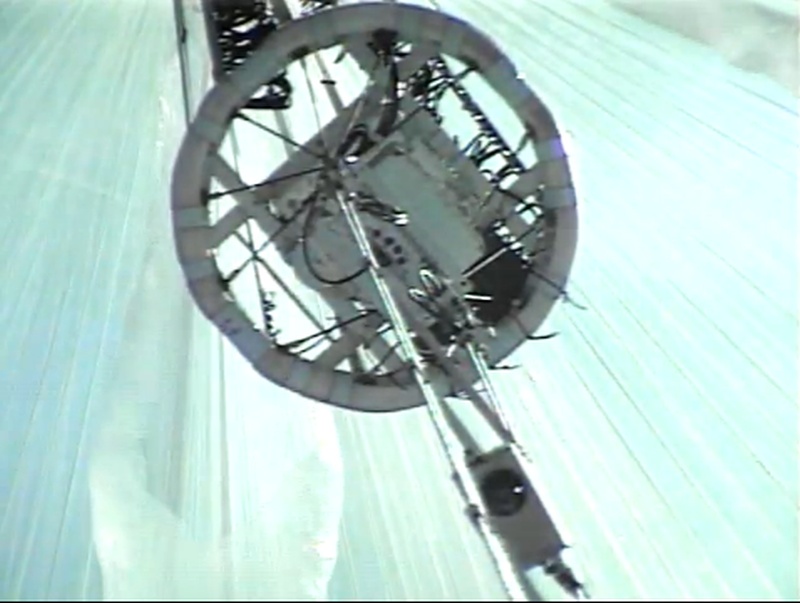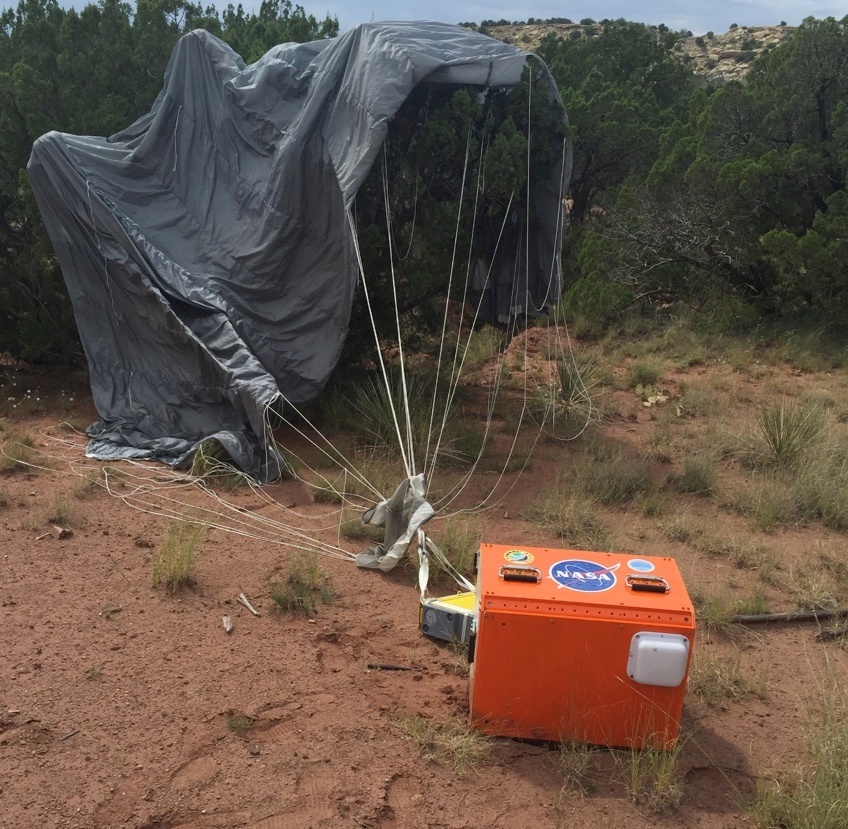Purpose of the flight and payload description
The main objective of the flight was to test a new parachute device designed to immediately deflate the parachute after the payload lands thus avoiding the possibility of the payload being drag over the ground if the parachute is caught by the wind and acts like a sail.
Also were onboard three experiments as missions of opportunity:
ANS (Advanced Neutron Spectrometer) developed by NASA's Marshall Space Flight Center to support future manned exploration missions. It uses a refined gate and capture technique that significantly improves the identification of neutrons in mixed radiation fields found in spacecraft, habitats and on planetary surfaces. The instrument is a composite scintillator comprised of PVT loaded with litium-6 glass scintillators. The objective of the flight was to evaluate trigger (identify neutrons, reject gamma rays and charged particles) and measure atmosphere neutron spectrum.
LBRSP (Large Balloon Reflector Sensing Package) developed by the University of Arizona. It is part of the large balloon reflector project: a 10-meter aperture (20-meter diameter), inflatable, spherical THz antenna designed to fly on a large scientific balloon at 120,000 to 130,000 feet. As part of the initiative two instrument packages -one on the apex, the other on the gondola- were included to measure balloon dynamics thus obtaining quantitative evidence that locating the future LBR within the carrier balloon instead of tethering it below the payload gondola provided a sufficient pointing stability advantage to warrant the additional operational complexity.
ANGEL (Autonomously Navigated paragliding Experimental Lander) developed at NASA's Glenn Research Center a drop package designed to demonstrate a controlled descent of a high altitude balloon payload to a predetermined landing zone using an Airborne Systems Microfly guided precision ram-air canopy controlled by an automated guidance unit.
Time lapse of onboard cameras from launch to landing
Details of the balloon flight
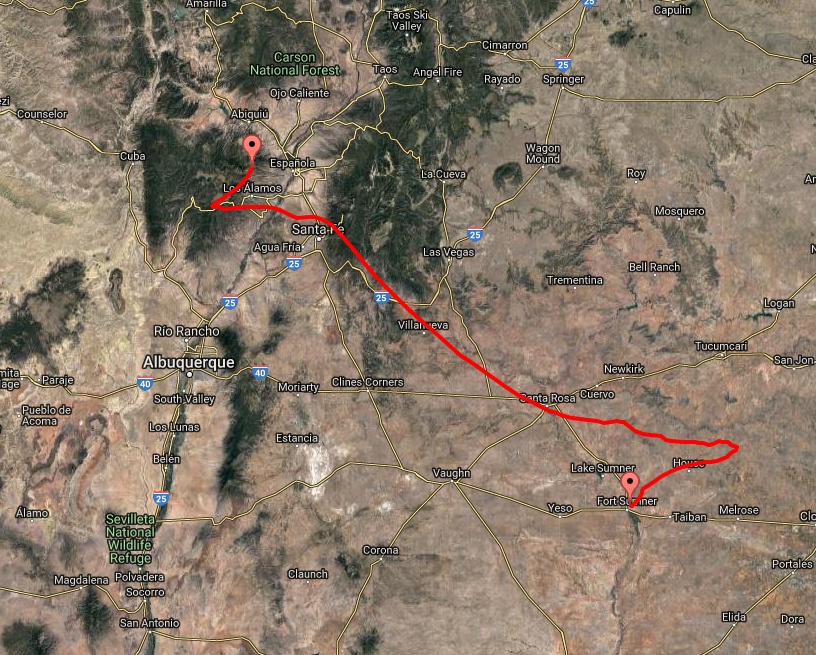
Balloon launched on: 9/4/2015 at 14:55 utc
Launch site: Scientific Flight Balloon Facility, Fort Sumner, (NM), US
Balloon launched by: Columbia Scientific Balloon Facility (CSBF)
Balloon manufacturer/size/composition: Zero Pressure Balloon Raven - 29.470.000 cuft
Flight identification number: 664NT
End of flight (L for landing time, W for last contact, otherwise termination time): 9/4/2015 at 22:40 utc
Balloon flight duration (F: time at float only, otherwise total flight time in d:days / h:hours or m:minutes - ): 7 h 45 m
Landing site: North of Los Alamos, New Mexico, US
External references
- Flight Analysis of an Autonomously Navigated Experimental Lander
- Flight Analysis of an Autonomously Navigated Experimental Lander for High Altitude Recovery AIAA SciTech 2016; 4-8 Jan. 2016; San Diego, CA
- Flight path of the balloon Columbia Scientific Balloon facility website
- Investigation and Measurement of Balloon Dynamics at the Apex and Base of a Scientific Balloon, 15-R8577 Southwest Research Institute 2015 IR&D Annual Report
- NASA Kicks Off Scientific Ballooning Campaign in New Mexico NASA press release, August 2015
- NASA's Scientific Balloons Showcased at Fiesta NASA press release, October 2015
- The Investigation and Measurement of Balloon Dynamics at the Apex and Base of a Scientific Balloon AIAA Balloon Systems Conference (2017)
12984If you consider this website interesting or useful, you can help me to keep it up and running with a small donation to cover the operational costs. Just the equivalent of the price of a cup of coffee helps a lot.

